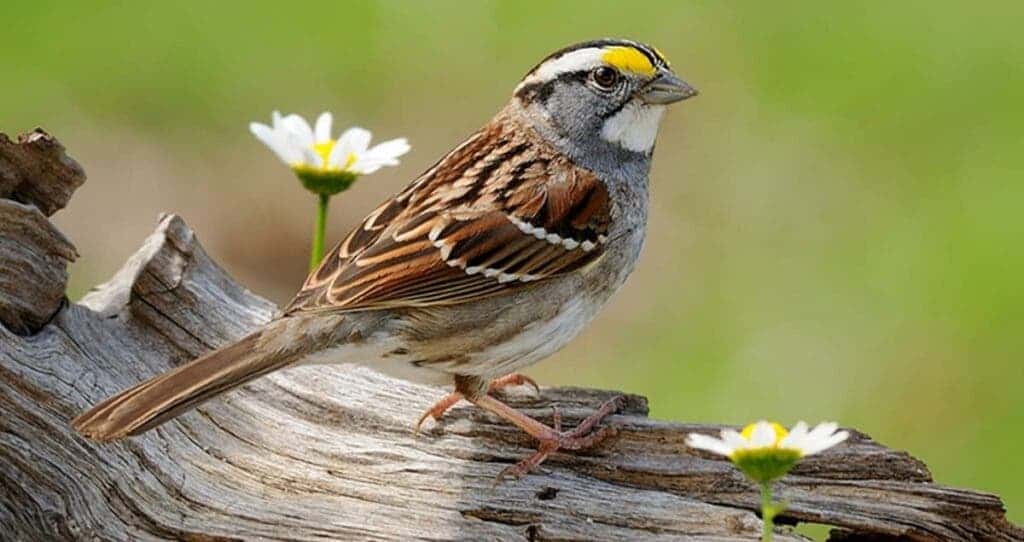Most birds have very distinct calls that usually stay the same, making it easy for bird watchers to recognize a species without seeing it. But the tunes can actually change, according to a new study, which tracked how the song of one sparrow went viral and ended up wiping out a historic bird song.

The study showed that the white-throated sparrows (Zonotrichia albicollis) from British Columbia to central Ontario have abandoned their traditional three-note-ending song in favor of a unique two-note-ending variant. Nevertheless, researchers still don’t know what made the new song so captivating.
“As far as we know, it’s unprecedented,” said in a statement senior author Ken Otter, a biology professor at the University of Northern British Columbia. “We don’t know of any other study that has ever seen this sort of spread through cultural evolution of a song type.”
An ornithological earworm
While rare, sometimes bird species do change their songs and this usually happens only in local populations, leading to regional dialects.
Back in the 1960s, the Canadian sparrows used to whistle a song that ended in a three-note triplet. By the time Otter moved to Canada in the 1990s the two-note ending was already present in local populations. “They were singing something atypical from what was the classic white-throated sparrow song across all of eastern Canada,” he said.
For their study, Otter and his team took advantage of a network of citizen scientist birders in North America, who had uploaded recordings of sparrow songs to online databases. This helped to track the doublet-ending song, which they found was spreading fast across Canada.
“Originally, we measured the dialect boundaries in 2004 and it stopped about halfway through Alberta,” Otter said. “By 2014, every bird we recorded in Alberta was singing this western dialect, and we started to see it appearing in populations as far away as Ontario, which is 3,000 kilometers from us.”
The researchers predicted that the sparrows’ overwintering grounds had something to do with the spread of the two-note ending. Juvenile males could have been picking up new songs when thy overwinter with birds from areas with other dialects, Otter argued.
To check if this was true, the researchers attached geolocators to the sparrows to see if western ones who knew the song might share it with eastern populations. This was indeed the case. Not only the song was spreading across the continent but it also was replacing the triple-note ending that had persisted for many decades.
The new song didn’t give male birds a territorial advantage over male counterparts, the study showed. Nevertheless, the researchers still want to continue looking at whether female birds have a preference between the two songs. “In many previous studies, the females tend to prefer whatever the local song type is,” said Otter.
Now, another type of song has appeared in a western sparrow population whose early spread may mirror that of the doublet-note ending. Otter is looking forward to continuing his investigation and check how this new song shifts in real-time, working alongside the network of citizen scientists.
“By having all these people contribute their private recordings that they just make when they go bird watching, it’s giving us a much more complete picture of what’s going on throughout the continent,” he said. “It’s allowing us to do research that was never possible before.”
The study was published in the journal Current Biology.


